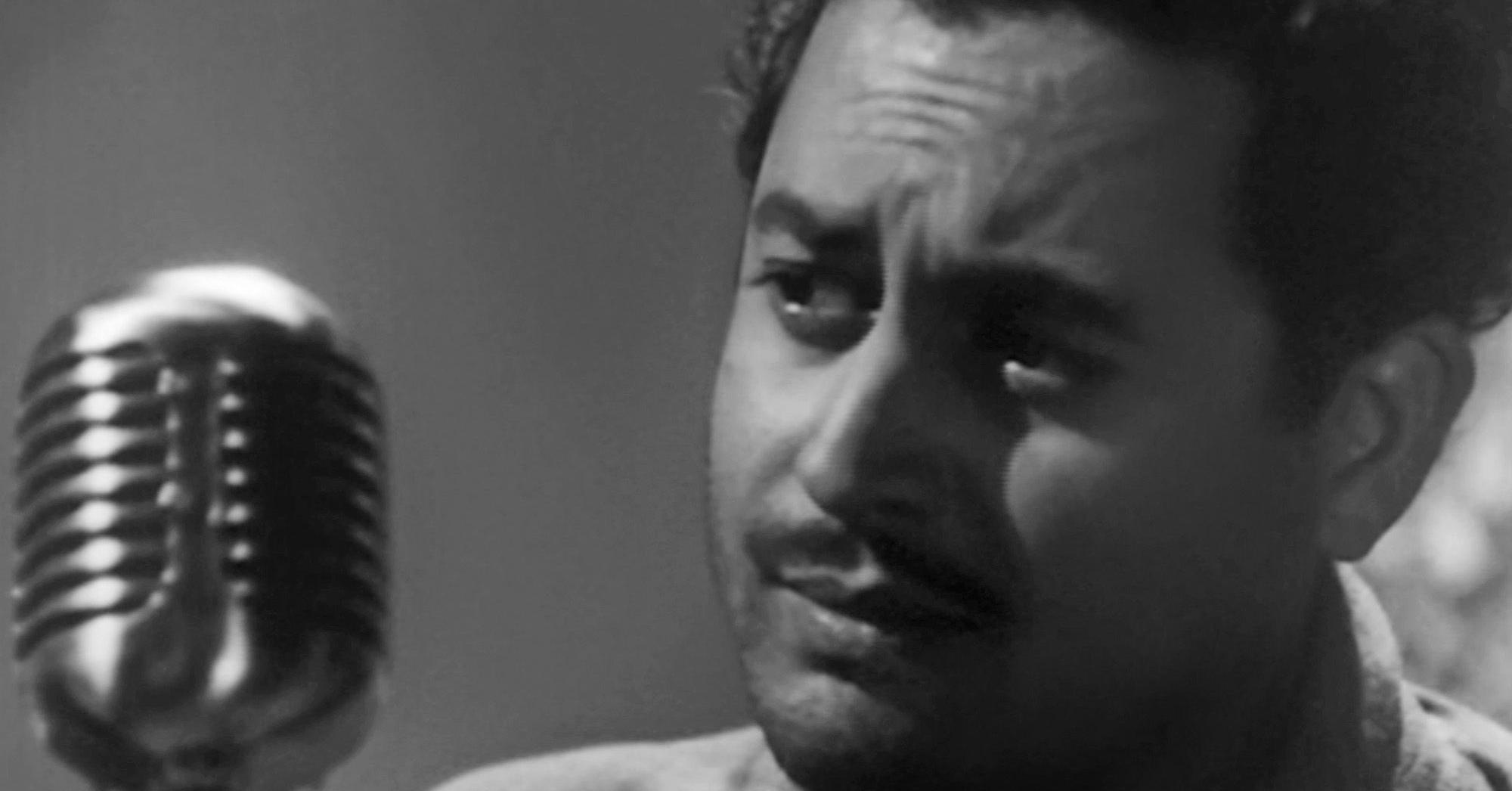Are you curious to know what is parallel cinema? You have come to the right place as I am going to tell you everything about parallel cinema in a very simple explanation. Without further discussion let’s begin to know what is parallel cinema?
The world of cinema is a vast and diverse realm that encompasses various genres, styles, and movements. One of the most fascinating and impactful movements in the history of Indian cinema is “Parallel Cinema.” Parallel Cinema emerged as a counter-culture movement in the 1950s and continued to influence filmmakers and audiences for decades. In this blog, we will delve into the concept of Parallel Cinema, its origins, key characteristics, notable filmmakers, and its enduring legacy.
What Is Parallel Cinema?
Parallel Cinema, also known as the Indian New Wave, is a term used to describe a significant cinematic movement in India that ran parallel to the mainstream, commercial Bollywood film industry. It was born out of a desire to break away from the formulaic, song-and-dance-driven narratives that were dominant in Indian cinema. Instead, Parallel Cinema aimed to offer a more realistic and socially relevant portrayal of the country’s diverse cultures and issues.
Origins And Evolution
The roots of Parallel Cinema can be traced back to the 1950s and 1960s, a period marked by a burgeoning sense of social and political change in India. Filmmakers during this time felt a need to address pressing social issues, such as poverty, inequality, caste discrimination, and the impact of modernization, through their art. Influenced by global cinematic movements, such as Italian Neorealism and the French New Wave, Indian directors like Satyajit Ray, Ritwik Ghatak, and Mrinal Sen began to craft films that were far removed from the Bollywood extravaganzas of the time.
Key Characteristics
- Realism: Parallel Cinema is characterized by its commitment to depicting the reality of everyday life in India. It often eschews elaborate sets, melodramatic plots, and larger-than-life characters in favor of a more authentic representation of society.
- Non-professional Actors: Many films in this movement cast non-professional actors to enhance the authenticity of the characters and their experiences.
- Social and Political Themes: Parallel Cinema frequently deals with pressing social, economic, and political issues, making it a powerful tool for social commentary and change.
- Experimentation: Filmmakers within this movement were known for their innovative and experimental storytelling techniques, which pushed the boundaries of traditional filmmaking.
Notable Filmmakers And Their Works
- Satyajit Ray: Often considered the father of Parallel Cinema, Ray’s “Apu Trilogy” (Pather Panchali, Aparajito, Apur Sansar) is a seminal work in this genre. His films explored the human condition with depth and sensitivity.
- Ritwik Ghatak: Ghatak’s films, such as “Meghe Dhaka Tara” and “Subarnarekha,” explored themes of displacement, cultural identity, and the impact of partition on human lives.
- Mrinal Sen: Sen’s “Bhuvan Shome” and “Akaler Sandhane” were celebrated for their innovative storytelling and social critique.
- Shyam Benegal: Known for films like “Ankur” and “Nishant,” Benegal played a significant role in bringing rural and small-town India to the forefront.
Legacy And Impact
The impact of Parallel Cinema on Indian and global cinema is undeniable. It not only inspired a new generation of filmmakers but also influenced the mainstream Bollywood industry, which gradually began incorporating elements of realism and meaningful storytelling. Additionally, Parallel Cinema opened doors for international recognition and awards, helping Indian cinema gain a global audience.
Conclusion
In conclusion, Parallel Cinema remains an important chapter in the history of Indian filmmaking. Its legacy continues to shape the way stories are told and society is portrayed on screen. As we look back at this movement, we can appreciate the dedication of these visionary filmmakers who used the medium of cinema to shed light on the pressing issues of their time and inspire future generations to do the same.
FAQ
What Is A Film Parallel?
Parallel editing is an editing technique where two or more different scenes are intercut in order to suggest simultaneity. It can also refer to intercutting between two or more different actions occurring within one expansive scene.
Who Is The Father Of Parallel Cinema?
Shyam Benegal (born 14 December 1934) is an Indian film director, screenwriter and documentary filmmaker. Often regarded as the pioneer of parallel cinema, he is widely considered as one of the greatest filmmakers post 1970s.
What Is The Difference Between Art Cinema And Parallel Cinema?
Art films and parallel cinema are often used interchangeably. Both categories include films that depict reality and social issues. The only difference is the industry from which they originated. Arthouse films originated from Hollywood, whereas parallel cinema originated from Bengali films.
What Is Parallel Theatre?
Parallel Theatre works with shared memory and optimizes message exchanges with the goal of enabling high-performance computing in both untimed and timed large and scalable actor systems. Computing nodes (theatres) are mapped on Java threads.
I Have Covered All The Following Queries And Topics In The Above Article
What Is Parallel Cinema Wikipedia
What Is Parallel Cinema Pdf
What Is Parallel Cinema In India
What Is Parallel Cinema Example
Characteristics Of Parallel Cinema
Best Parallel Cinema Movies
Best Indian Parallel Cinema Movies
Who Coined The Term Parallel Cinema
What Is Parallel Cinema
What is a film parallel
